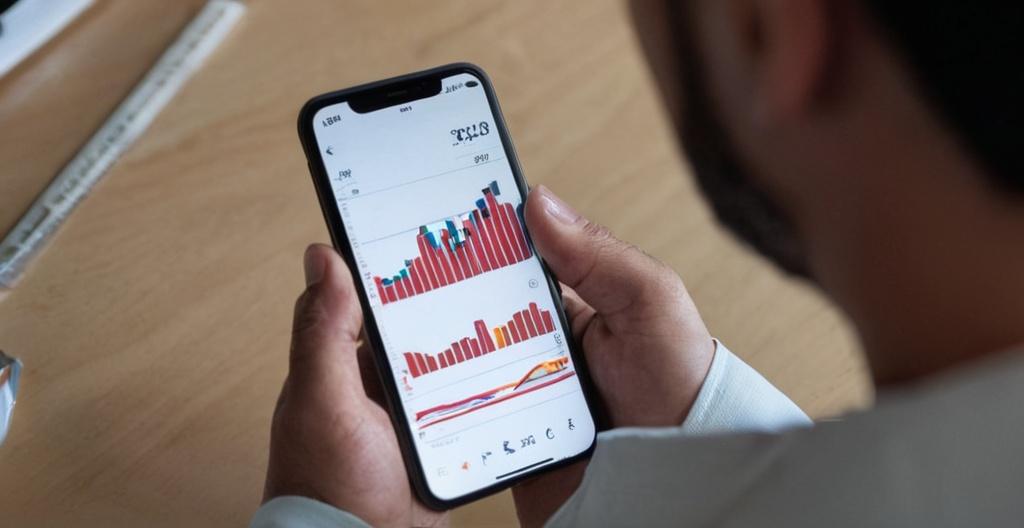Key Take Aways About Value Investing (long-term trading style)
- Value investing seeks stocks priced below their intrinsic value, requiring patience and persistence.
- Undervalued stocks may be overlooked by the market, offering buying opportunities.
- Key financial ratios include P/E, P/B, and Dividend Yield for assessing stock value.
- Patience is crucial; returns may take time as market corrects mispricing.
- Value investing differs from growth and income strategies.
- Technical analysis tools like support/resistance levels and moving averages can aid decisions.
- Success stories highlight the importance of seeing potential where others don’t.

Understanding Value Investing
Value investing is a bit like bargain hunting for stocks. You’re on the lookout for shares that seem cheaper than their intrinsic worth. The idea here is to grab these stocks, sit tight and watch them pay off in the long run. You know, like stashing away vintage wine and savoring it years later when it’s worth a pretty penny. This investing style is all about patience, persistence and a sharp eye for undervalued gems in the market.
What Makes a Stock “Undervalued”?
When investors talk about a stock being “undervalued,” they’re essentially saying the market’s acting kinda blind. It hasn’t quite caught onto the company’s potential or has gotten spooked by fleeting market conditions. This perceived mispricing often gets investors on a buying spree. They rely on financial ratios, earnings reports, and sometimes just gut feeling. It’s like finding a Picasso at a garage sale and knowing its worth before anyone else does.
Financial Ratios: The Bread and Butter
Financial ratios are the go-to tools for value investors. Price-to-Earnings (P/E) ratio, Price-to-Book (P/B) ratio, and Dividend Yield are a few favorites. Each of these helps investors gauge whether a stock is trading below its real worth. For instance, a low P/E might suggest that a stock is cheap compared to its earnings potential, signaling a chance to snag a deal. Think of these ratios like detective tools, each helping you piece together the puzzle of a company’s financial health.
Patience: The Virtue of Value Investing
If you’re diving into value investing, patience is your trusty sidekick. Unlike day trading or short-term strategies, value investing is about the long haul. It’s about buying that stock, then playing the waiting game. The market might not recognize its true worth immediately, but over time, the price correction often happens. This is when investors experience the rewarding payoff for their patience.
Value Investing vs. Other Strategies
While value investing focuses on buying undervalued stocks, it’s not the only game in town. There’s growth investing, which is more like betting on a racehorse. Here, investors pour money into companies expected to grow faster than the herd, often ignoring current profits for future gains. Then there’s income investing, where folks seek out stocks with steady dividends, almost like living off the interest of a savings account.
Charts and Technical Analysis in Value Investing
Now, you might think charts and value investing aren’t best buddies. Mainly, value investing leans heavily on fundamental analysis, but bringing a bit of technical analysis into the mix never hurts. Charts can offer insights into historical price movements, helping investors decide when to make a move.
Support and Resistance Levels
Support and resistance levels play a role, even for value investors. These levels act like the floor and ceiling for stock prices. A support level is where a stock tends to stop falling, while a resistance level is where it stops rising. Recognizing these can be crucial when deciding entry or exit points.
Moving Averages
Moving averages, simple or exponential, often find their way onto a value investor’s chart. They smooth out price data, providing a clearer view of a stock’s trend over time. A 200-day moving average can indicate long-term trends, helping investors decide if it’s worth hopping on or off the investing train.
Personal Tales from the Trenches
Back when I first started investing, I came across a company that was bleeding red on paper. Most folks were jumping ship, but I saw potential. Digging through its balance sheet and previous earnings, I found a company positioned for a turnaround. So, I bought in and held on for dear life. Two years later, the market caught wind of its true potential, and the profits spoke for themselves. It’s stories like this that highlight the essence of value investing.
Wrapping It All Up
In the end, value investing isn’t just a strategy; it’s a mindset. It’s about seeing the potential where others see a dud. Sure, it requires a keen eye, a bit of market savvy, and a lot of patience, but when it all clicks, the reward can be worth the wait. Whether you’re an old hand or a newbie, keep your eyes peeled, trust the numbers, and maybe, just maybe, you’ll find the stock market treasure you’ve been digging for.